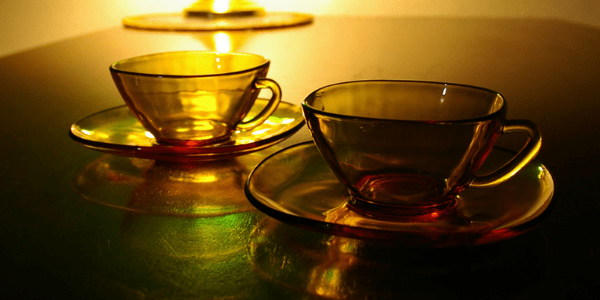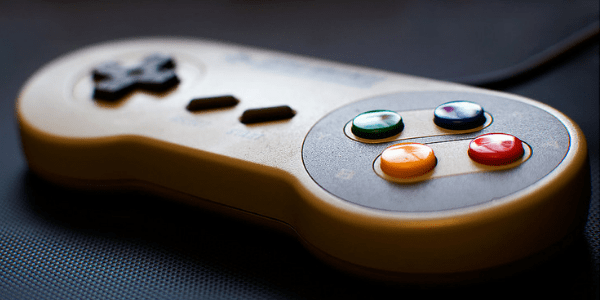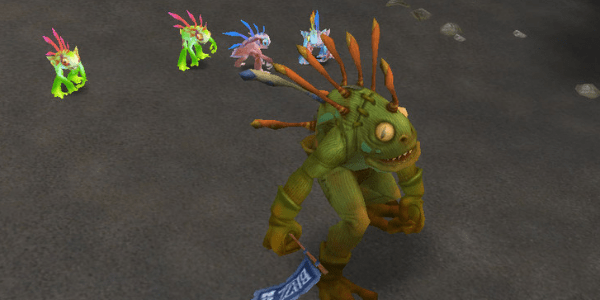
Ours is a highly visual world. Entertainment and relationship depend on our eyes as much as any other sense. Beyond body language, we communicate with a wide range of pictures and gifs in an infinitely changing stream and savour the consumption of shows and movies. The Oxford dictionary recognized the “Face with Tears of Joy” emoji as the word of the year in 2015. From logos and eye-catching graphics on head-to-toe apparel to murals and flashy art on screens large and small, imagery abounds.
But when cloud-gazing alongside a friend, you might find shapes that you interpret quite differently from one another. One of you may see an anthropomorphic figure chasing down the character Cinnamon Bun from the show Adventure Time. The other may see a hockey player and an oversized hockey puck. Both of these interpretations help distinguish the mindset and possible obstacles of each individual, and demonstrate an innate knowing. Innate knowledge is one of the foremost benefits of engaging in the art of tea leaf reading.
Unusual interpretations of objects, especially tea leaves, can vividly expand heart, mind, and soul in unique ways. Being open to nontraditional symbolism in a tea leaf reading doesn’t just make for a fun and lively experience, it also broadens the likelihood for those who are experiencing a reading to walk away with more significant meaning. And it yields potential answers that otherwise may have never come to light.
Related: Reading tea leaves: A beginner’s guide, by Tabitha Dial
Related: Scrying: How to get started, by Donyae Coles
Symbols drawn from interests and experiences
Reading tea is a creative encounter. Just as writers and artists develop a particular style over time, this free-flowing tradition is the perfect place to sharpen your voice.
When I began to read tea, I always interpreted flags on flagpoles as a positive symbol. They had a strong association, for me, with the years I spent as a Colour Guard performer in my hometown’s high school marching band. I began studying tarot shortly after, and my understanding of the flags and banners depicted in tarot cards began to colour the appearance and application of similar imagery in tea leaf readings. Nuances such as “red flags” and “standing your ground” or “claiming your place” came years after.
Nontraditional images can be rooted in the subconscious. They primarily stem from personal interests and experiences. Our perspectives always aid in discoveries found in the shapes of tea leaves. Birds, animals, plants, clothing, letters, numbers, and geometric shapes are commonly spotted. That doesn’t mean that a bird might not resemble the Roadrunner, or that the hat that appears in a teacup might not resemble the Mad Hatter’s hat, or a half rest on a sheet of music.
Related: Divination for the dead of winter, by Donyae Coles
Related: Chinese fortune telling, tarot, and divination, by Benebell Wen

Modern interpretations: Set aside limitations
Divination stirs up possibility. To engage in the act requires a curious, willing mind. The more oddball and unique each tea reading image is for the seeker and reader, the more memorable.
Video game references are a common nontraditional symbol. The first one I recall has many layers to unpack: Mario jumping with a fist raised toward a floating block. This appeared in a reading for a client, and indicated a need to move forward, find resources, and use one’s skills to overcome obstacles. Because I saw it in the leaves, the image had a message for both my client and myself. It also hinted that we both might have to try again and again and dedicate ourselves to what we individually wanted to focus on until we reached our next level. Challenges are always ahead, but there are also resources and opportunities within reach.
While a traditional take on a rectangle shape in tea readings is a letter or a message, it can indicate more than that. Are there leaves near the rectangle in the cup that might imply the object’s function? Are there birds or numbers in the cup? This could indicate that the rectangle is a device, such as a phone or computer, used to communicate — the birds can suggest Twitter and the numbers can suggest phone numbers or calendar months.
Use the placement of the imagery in the cup to narrow down meaning. You may choose what the positions mean for you — simply clarify before the reading. For example, the left side of the cup often indicates intuitive information and the right side signifies practical methodology. The closer to the bottom of the cup, the “heavier” the information. A number near the rim, therefore, could stand for a date, such as the 6th. In the middle of the cup, it could mean 6 weeks from the current date. In the bottom of the cup, it could mean the 6th month, June.
Related: How to use technology for better magick, by Donyae Coles
Related: Magick for gadgets: Using magick with technology, by Donyae Coles
Related: Witchcraft and social media: Digital tools for magick, by Daleth West
Keep an open mind and communicate
As a reader, you definitely want to relate the images you see to your client. When I found a little creature called a murloc (from World of Warcraft) in the bottom of a teacup at a psychic fair, it resonated very clearly — my client worked for Blizzard, the company that makes the game. I needed to say very little to quickly connect to them. We shared a common symbolic landscape as gamers. The reading was great fun, but also opened a gateway into healing.
Sometimes a tea cup will force you to dig deeper and do more research. The experience was different when I spotted a second video game character, Kirby, in a different reading. My understanding of the him was tenuous. I have never played any of the games he is in myself, so I could not adequately describe the meaning of Kirby.
To me, Kirby was just a floaty, pink character who digested most of the objects in his path. I didn’t have much more context for him, and didn’t realize that he takes on traits from the creatures and objects that he inhales. His adaptive skills allow him to travel across different landscapes and overcome various obstacles. But when he appeared in the reading, all I could tell my client was that Kirby was some sort of foodie who floated around in a video game.
When this happens, move on. Use symbols found near the nontraditional one that has left you stumped, or draw a tarot card to clarify if the client would like more information. You can ask “What is this image really offering this reading?” or, if your client is after more specific information, the use of one or a few divination cards or runes or stones are often beneficial.
Related: Shadowrun: How a video game changed my view of magick, by Donyae Coles
Related: Persona 5: A video game rife with occult themes, by Xenia
Related: How to charge a sigil playing video games, by Taylor Ellwood.

More creativity: Change your cup format
When I first began reading tea leaves, I liked to use clear cups, so that I could see the tea leaves from every angle, including the outside in. They aren’t always easy to find, but can be great for experimentation.
You can explore the use of diagrams underneath any cup. It need not be transparent. Print or create circles or wheels for placement under the cup. Always designate the same spot for the handle. For example, in an astrological wheel, Aries should line up with the handle of the cup. The handle represents personal responsibility or a starting point.
A more basic format can come from medicine wheels, which give added energy to interpreting animal wisdom and much more. For example, a cardinal appearing in the north might be a message of cleansing (the north) related to fidelity (a common interpretation of the cardinal). Dharma wheels are also interesting. They can help deepen awareness of the eight-fold path or help you see possible obstacles in following such traditions. Your favourite meme, movie, or emoji? With a little imagination, it’s the perfect source for your ideal tea reading method.
To create your own wheel for interpretation, you may look for ideas from divination tools such as tarot spreads, charm casting boards, or books on intuition or tea leaf reading guides, such as my book Creative Divination.
Conclusion
Nervous? Don’t be. In tea leaf reading more than any form of divination, you are encouraged to wing it. Work with what you see. Play with what you know. You’ll have a better time, and will more likely feel confident and wish to return for more.
Reading tea with nontraditional imagery relaxes expectation. It’s natural for the mind to register meaning from the imagination. Especially in the unusual shapes tea leaves create. The expectation of perfect shapes forces blinders on an expansive experience. Let your intuition grow without limiting yourself to traditional symbols.
Tea reading is not a strict art. There’s no need to hold yourself to tradition, and the more you are able to relate personal, perhaps modern meaning, the more the experience can stick with all participants.
Image credits: titanium22, Dineshraj Goomany, NerdcoreNachtsturm,







